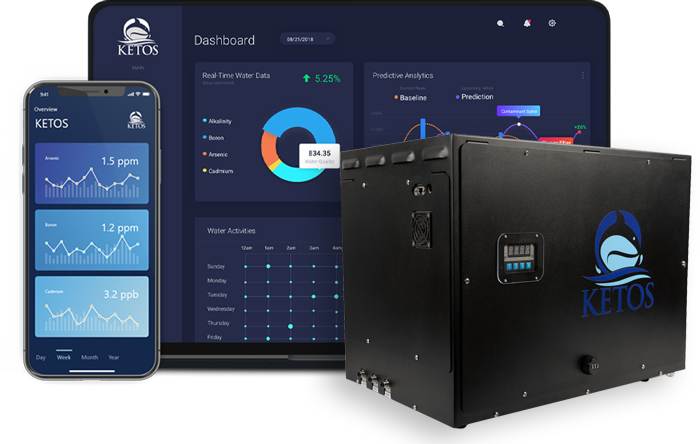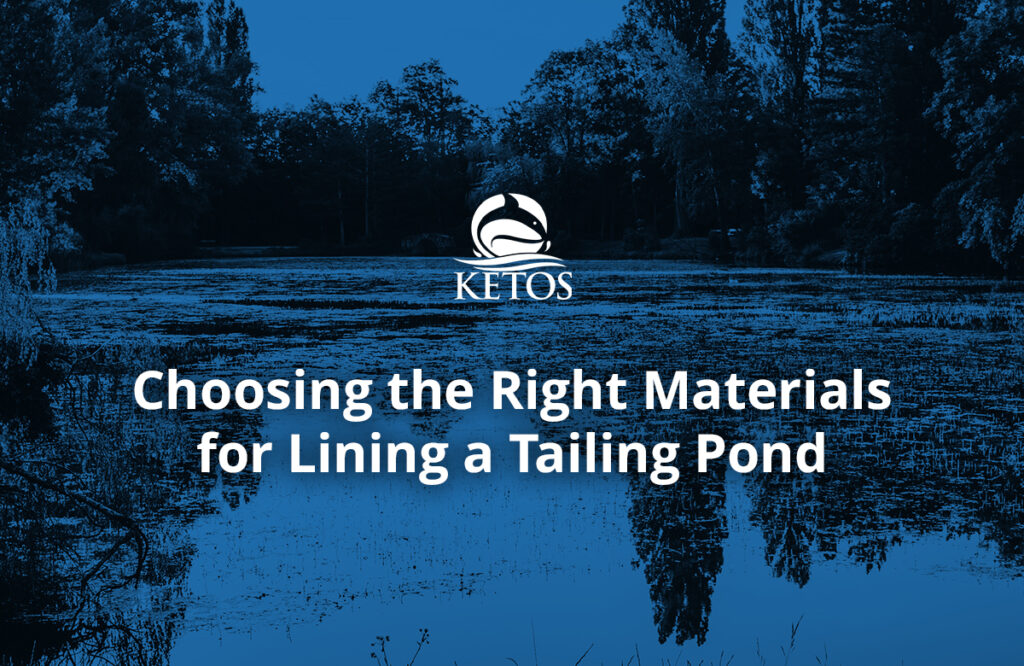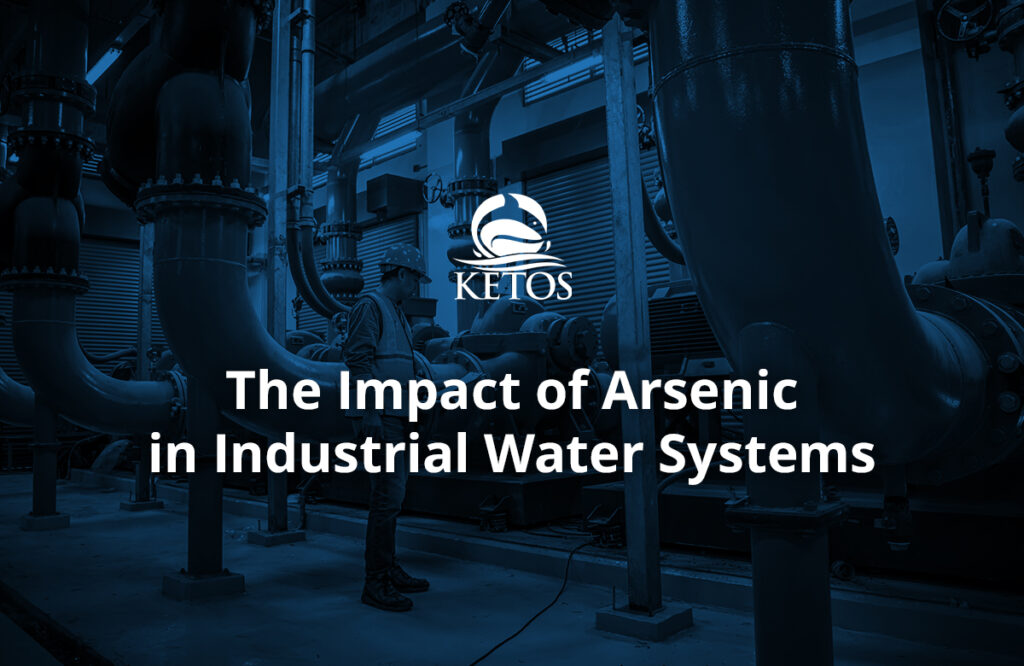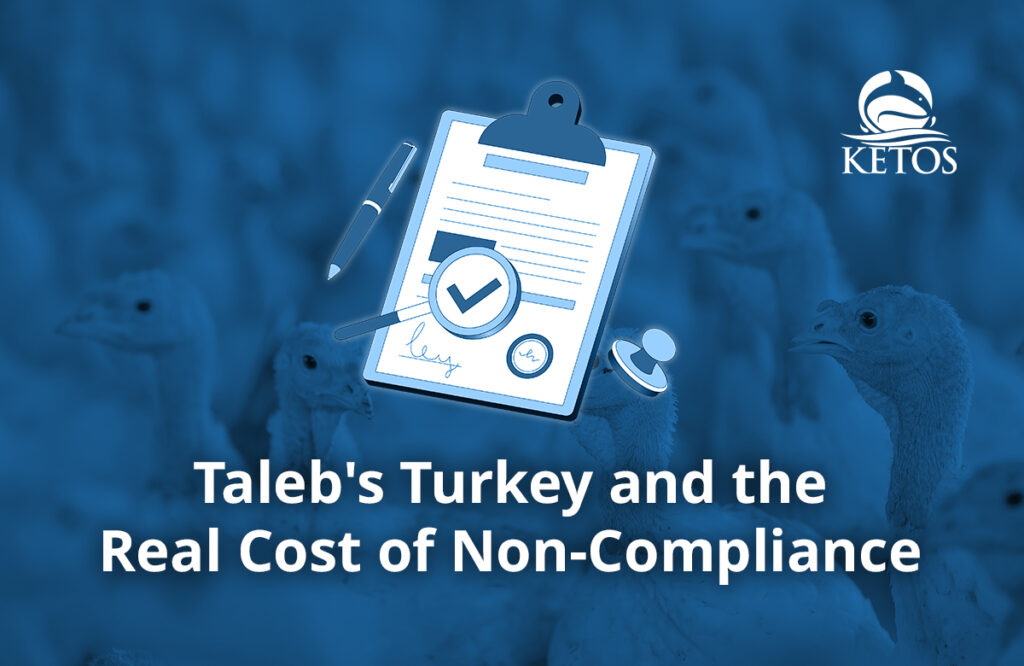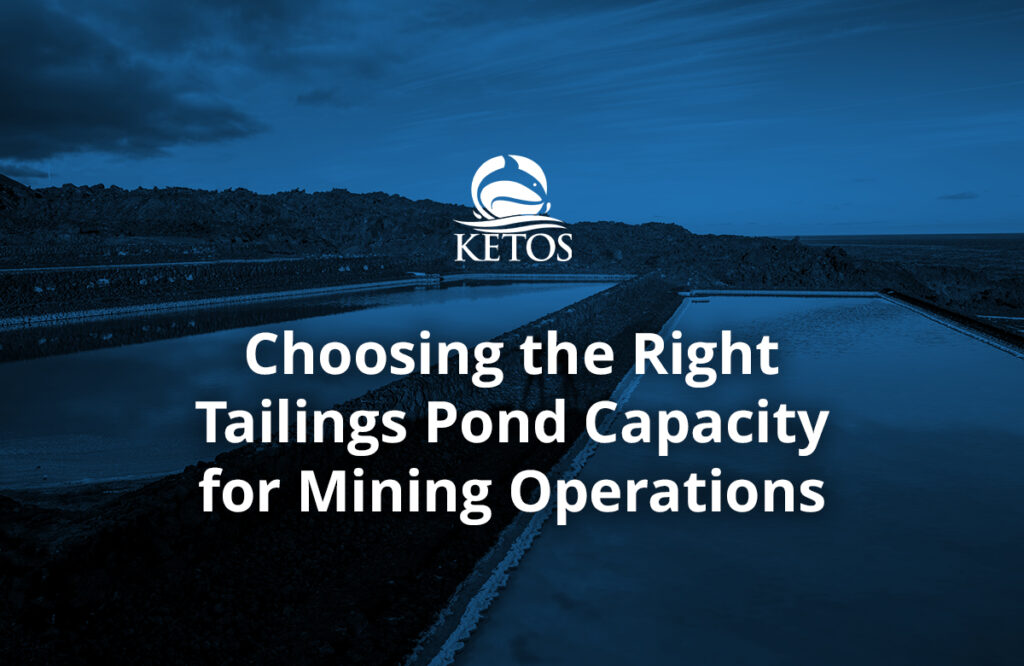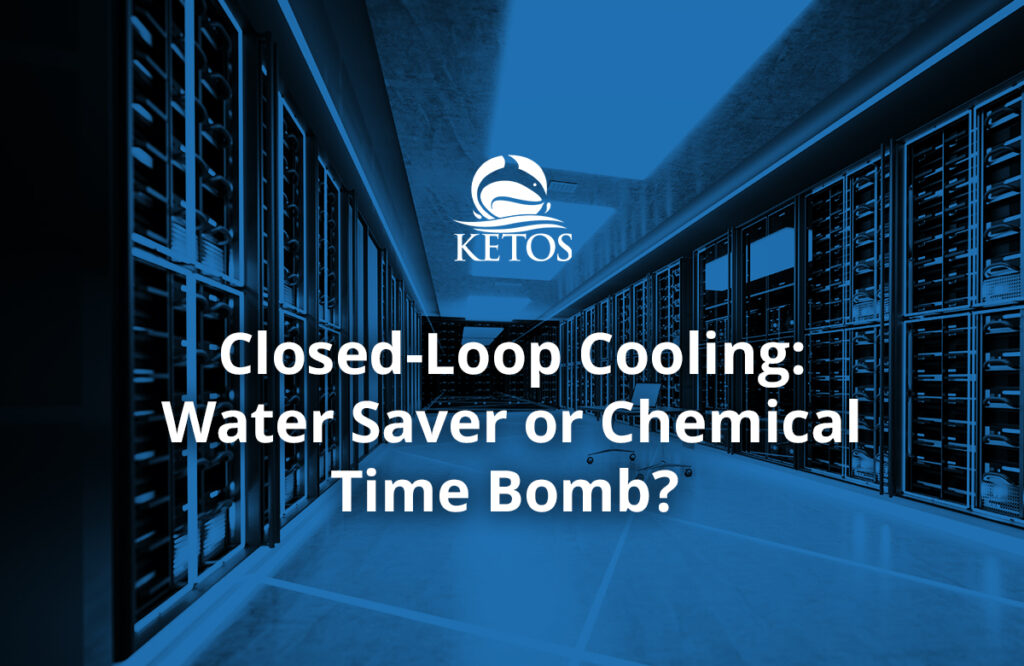Water is a necessity for all living creatures. With populations growing, the need to conserve water resources is more important than ever. Although many water management systems have been proposed in the past, they were expensive and high in energy consumption. However with the advent of the Internet of Things or IoT, smart water management is gaining traction with advances in state-of-the-art water sampling devices and remote water monitoring systems.
Smart Water Management With IoT
Could you imagine more than half of the world’s population experiencing water shortages by 2025? As this issue looms ever larger, many water management systems have been proposed to better steward this precious resource. IoT technology has emerged on the scene as a viable solution for this massive problem. By developing IoT-based water management systems for real-time water quality monitoring, the industry will be able to optimize water infrastructure, reduce pollution, and effectively allocate existing resources.
What Is IoT Smart Water Management?
In just the past few years, IoT has become a key driver in the field of real-time water quality monitoring. IoT-based water management systems involve the planning, distribution, and monitoring of water resources, as well as the maintenance of a water distribution system’s pipes and pumps through IoT hardware and software. Using remote monitoring systems, IoT technology allows organizations to manage and protect water resources.
How do IoT-based water management systems work? This new technology uses water sampling devices and sensors attached to pipes and pumps to collect real-time data on water temperature, level, and flow. The sensors then transmit this data over the Internet to a server for further processing and analysis. Once the data is analyzed, organizations can see how to better manage water resources and plan for equipment maintenance.
Improving Water Quality Through IoT Technology
IoT technology has revolutionized the field of real-time, remote water monitoring. Using water sampling devices to collect data that can be analyzed offsite offers a range of benefits that have allowed a multitude of companies to manage and protect various water resources. Five key benefits of these technological advancements follow:
- Detection of contaminants – IoT-based water management systems allows the continuous monitoring of water quality markers such as pH levels, dissolved oxygen, and pollutant concentrations. Analyzing this real-time data allows any deviation from acceptable levels to be quickly detected and ameliorated to minimize the threat of contamination.
- Prevention of waterborne diseases – real-time, remote water monitoring allows analysts to detect microbial contamination in water sources almost to the second that it occurs. By quickly identifying the presence of pathogens, authorities can take fast action to prevent the spread of waterborne diseases and protect public health.
- Optimized water treatment processes – IoT uses water quality sampling devices to optimize the water treatment processes. By continuously analyzing data on water quality, treatment plants can adjust their processes in real-time, ensuring that the water delivered to consumers meets regulatory standards.
- Cost-efficient maintenance – IoT-based water management systems monitor equipment health and performance in real-time, allowing maintenance teams to address maintenance issues before they escalate. This reduces downtime and lowers overall maintenance costs.
- Compliance with regulatory standards – water quality monitoring is subject to strict regulatory guidelines and standards. Using a remote monitoring system with IoT technology provides a constant stream of data that can be used to facilitate compliance with environmental regulations. This data can also help treatment plants ensure that their water management practices are following established norms.
Modernizing Water Management With AI and IoT
Combining an IoT-based water management system with Artificial Intelligence, or AI, is revolutionizing the field of water monitoring and management. Using IoT’s remote water monitoring capabilities to provide real-time data collection is an important first piece of this technology puzzle, but when you add in AI’s analytical capabilities, you have a winning combination. From water sampling devices to remote water monitoring, an IoT-based water management system facilitates real-time data collection, analysis, and decision-making to prevent water waste, reduce costs, and improve the quality of life for people around the world.
As the world continues to struggle with water scarcity and other environmental challenges, technology is stepping in to create sustainable and innovative solutions. Using exciting new advancements like IoT-based water management systems can help water treatment plants and other water resource managers protect water infrastructure and ensure that this precious resource is available on demand to all.
